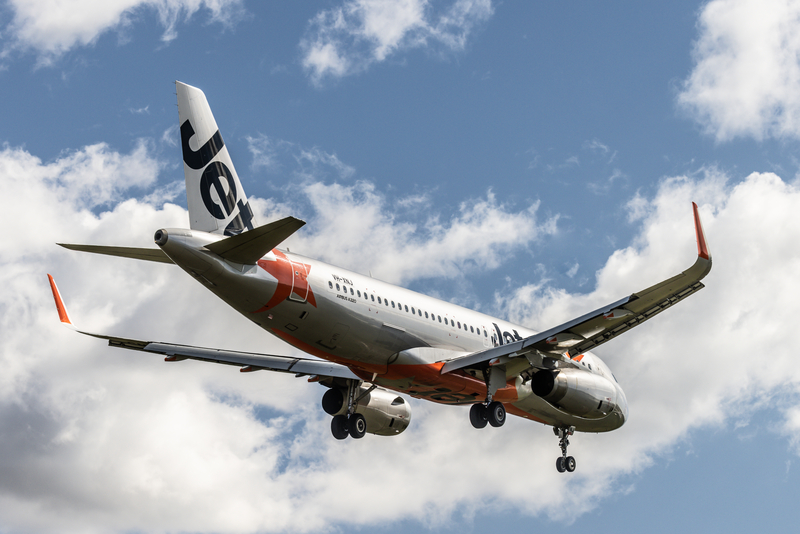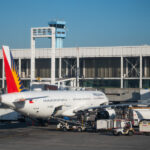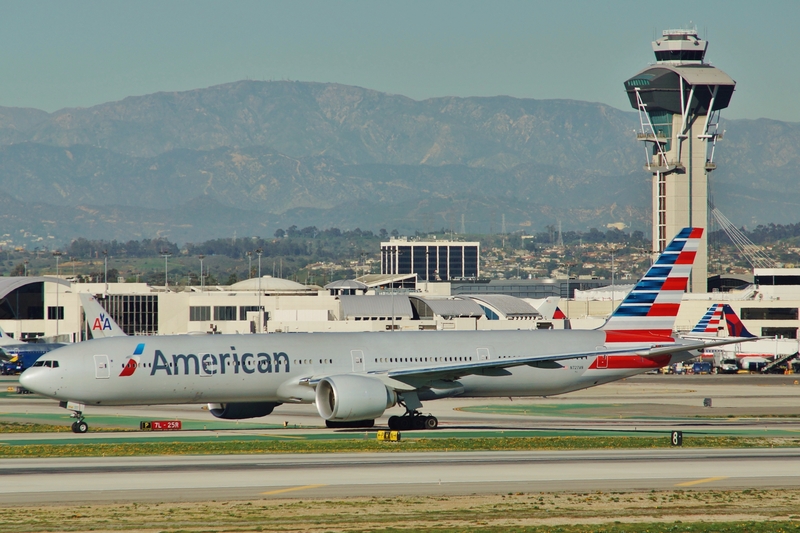Jetstar Evaluates Potential New Route from Toowoomba Wellcamp (WTB) to Melbourne (MEL)

ID 334662484 © Filedimage | Dreamstime.com
Jetstar, one of Australia’s leading low-cost carriers, is considering establishing a new direct route between Toowoomba Wellcamp Airport (WTB) in Queensland and Melbourne Tullamarine Airport (MEL) in Victoria. This route would offer residents in Toowoomba and the surrounding Darling Downs region a convenient and cost-effective way to reach one of Australia’s largest cities, revitalizing an air travel connection recently left vacant by the now-defunct low-cost airline Bonza.
Background on the WTB-MEL Connection
The potential route has generated excitement and anticipation in both regions. When Bonza previously operated the route, it served as a vital link for leisure and business travelers alike, connecting the agricultural and educational hub of Toowoomba with Melbourne’s bustling economic and cultural center. Bonza’s closure left a gap in direct service between WTB and MEL, impacting regional travelers who benefited from a low-cost direct flight option to Australia’s second-largest city. Now, Jetstar’s interest could reestablish this connection, once again linking regional Queensland to Victoria’s capital with affordability and convenience in mind.
Strategic Implications for Jetstar and Regional Connectivity
The route, if launched, would align with Jetstar’s broader strategy to expand its regional footprint in Australia, connecting smaller airports with major metropolitan hubs. Toowoomba Wellcamp Airport (WTB) is uniquely positioned for Jetstar’s expansion into underserved regional markets. Established as the country’s first privately funded public airport, WTB has supported various domestic and freight operations since it opened in 2014. This airport is equipped with a 2,870-meter runway capable of accommodating a range of commercial aircraft, including narrow-body jets that are frequently used on domestic routes.
Potential Aircraft and Service Specifications
While Jetstar has not yet confirmed the exact aircraft type it would operate on the WTB-MEL route, its fleet is well-suited to handle this segment, which spans approximately 1,300 kilometers (808 miles). Jetstar primarily operates Airbus A320 aircraft for its domestic routes, seating around 180 passengers in a single-class configuration. The Airbus A320’s range and fuel efficiency make it an ideal choice for a regional route of this length, allowing Jetstar to keep operational costs low and fares affordable.
Alternatively, if demand forecasts are promising, Jetstar could consider utilizing the Airbus A321neo, an aircraft that offers extended range and greater capacity. This aircraft also aligns with Jetstar’s sustainability goals due to its improved fuel efficiency and reduced emissions. For passengers, the A321neo provides enhanced comfort with a quieter cabin and improved airflow, features that can elevate the travel experience on a two-hour flight between Toowoomba and Melbourne.
Potential Economic Impact and Community Reception
Local business leaders and tourism officials in Toowoomba have expressed strong support for Jetstar’s potential entrance into the market. The reintroduction of direct flights to Melbourne could bolster tourism for both destinations, facilitate business travel, and provide increased connectivity for the residents of the Darling Downs region. Furthermore, this route aligns with Queensland’s strategic vision to enhance regional connectivity, promote tourism, and strengthen economic ties between Queensland and Victoria.
The direct service would offer a cost-effective alternative to other travel options, making Melbourne’s attractions and economic opportunities more accessible to Toowoomba’s residents. Conversely, Melburnians could easily access Toowoomba’s well-known educational institutions, cultural festivals, and natural beauty, including the nearby Great Dividing Range.
Additionally, by selecting WTB as a gateway airport, Jetstar would benefit from lower airport fees compared to larger hubs, which could translate to more competitive fares for travelers.
Bottom line
If Jetstar moves forward with this route, the airline will likely undertake a comprehensive market analysis to evaluate demand, seasonal fluctuations, and pricing strategies. The success of this route could lead to further expansion in underserved regional markets, supporting Jetstar’s goal of making air travel accessible to a broader demographic.
While Jetstar has yet to announce an official timeline or confirm its aircraft choice, its renewed interest in regional expansion through routes like WTB-MEL signals a continued commitment to connecting Australians in both metro and regional areas. If successful, the Toowoomba-Melbourne route could serve as a model for further low-cost routes aimed at enhancing domestic connectivity, making air travel a more viable and appealing option for regional communities across Australia.




